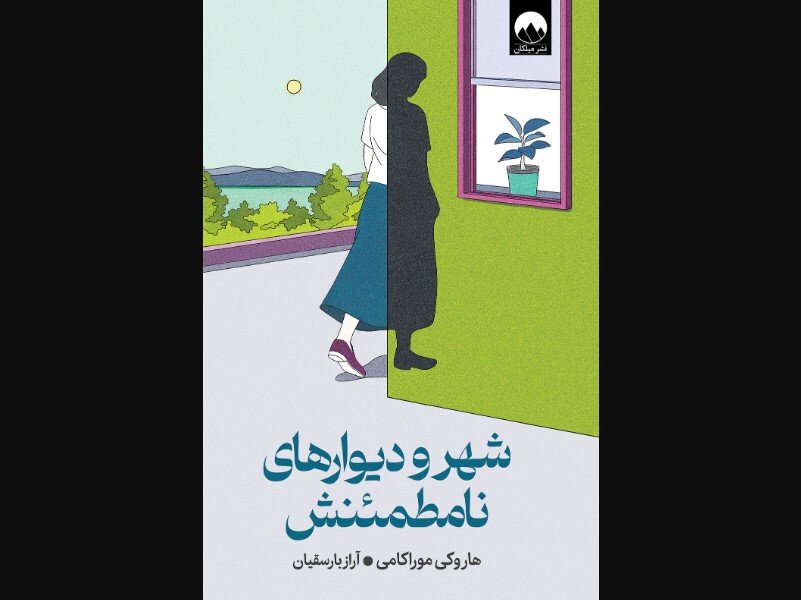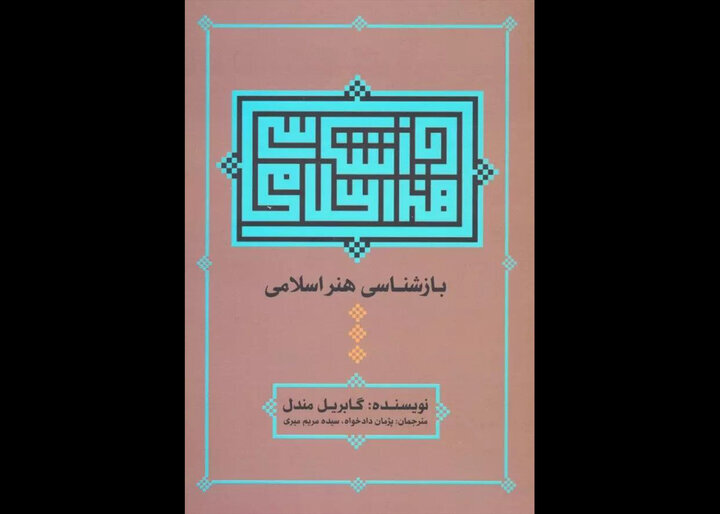Discover ‘The City and Its Uncertain Walls’: A Must-Read Release Now Available in Iranian Bookstores!
In recent literary news, the Persian translation of the acclaimed Japanese writer Haruki Murakami’s novel, “The City and Its Uncertain Walls,” has been launched by Milkan Publications in Tehran. This intriguing book, translated into Persian by Araz Barseqian, offers readers a captivating exploration of themes such as love, longing, and the complexities of identity.
The narrative of “The City and Its Uncertain Walls” commences with a young boy, aged 17, who wins an essay contest alongside a 16-year-old girl. The girl maintains a distance, hinting at her true self, which resides in a city beyond a wall—a place that symbolizes both longing and mystery. Together, they vividly imagine this city, and the boy documents their shared dreams. However, the girl eventually disappears, leaving the boy with an enduring sense of unfulfilled desire, representing the lingering ache of lost love and unattainable dreams.
As the protagonist transitions into adulthood, he revisits the surreal city he had only envisioned. To gain entry, he must detach from his shadow, a metaphor for relinquishing aspects of his identity. His daily routine involves decoding dreams from peculiar orbs in a small library, aided by the girl—who remains unchanged and devoid of any memory of their past encounters. This situation introduces themes of reincarnation, memory loss, and the persistence of archetypes throughout time.
- The shadow fades: The protagonist faces a crucial decision: to leave the city with his shadow or to let it go.
- Acceptance of loss: Ultimately, he chooses to release his shadow, signifying his acceptance of loss.
- Return to everyday life: The protagonist resumes his life at a publishing house but is constantly haunted by his past experiences and yearning for the girl.
- Secluded life: Driven by his longing, he relocates to the countryside to manage a private library.
In this tranquil setting, he encounters Koyasu, an eccentric old man donned in a beret and skirts, who is later revealed to be a ghost. After experiencing the loss of his family, Koyasu transformed his family’s sake refinery into a library, believing that only someone with a connection to the city beyond the walls could truly care for it. The protagonist’s acceptance of this role symbolizes the transmission of wisdom and memory across generations.
Additionally, he befriends a teenage boy wearing a Yellow Submarine hoodie, who possesses a photographic memory yet cannot attend a conventional school. The boy, captivated by tales of the city beyond the walls, expresses a desire to visit it himself. One fateful night, he mysteriously vanishes, prompting a supernatural rescue by his family, which subtly hints at the city’s enigmatic nature.
As the story unfolds, the protagonist develops a romantic connection with a divorced woman who runs a coffee shop. His dreams intertwine his past and present loves, transporting him back to his youth. In the city beyond the walls, his physical form appears alongside the boy—who has arrived illegally—and offers to merge identities by biting his ears, representing a blending of their lives.
- Heightened abilities: The protagonist gains enhanced dream-reading skills and passes his role to the boy within him.
- Desire for wholeness: Ultimately, he seeks to reunite with his shadow, realizing that true fulfillment lies in embracing every facet of himself.
- Guardian of dreams: The boy, content to remain and read dreams eternally, chooses to stay behind as a protector of dreams and memories.
The tale culminates in exploring the fluidity of identity, the profound impact of love and memory, and the mysterious boundaries that exist between worlds. It illustrates that some walls serve not only as barriers but also as gateways to understanding oneself and others, making this novel a compelling addition to Murakami’s esteemed body of work.
In summary, “The City and Its Uncertain Walls” is a profound exploration of the human experience, inviting readers to ponder the intricate connection between dreams, memories, and identity. With its rich imagery and thought-provoking themes, this Persian translation is sure to captivate both Murakami enthusiasts and new readers alike.
For further details regarding this publication and insights into the story, stay tuned for more updates.






